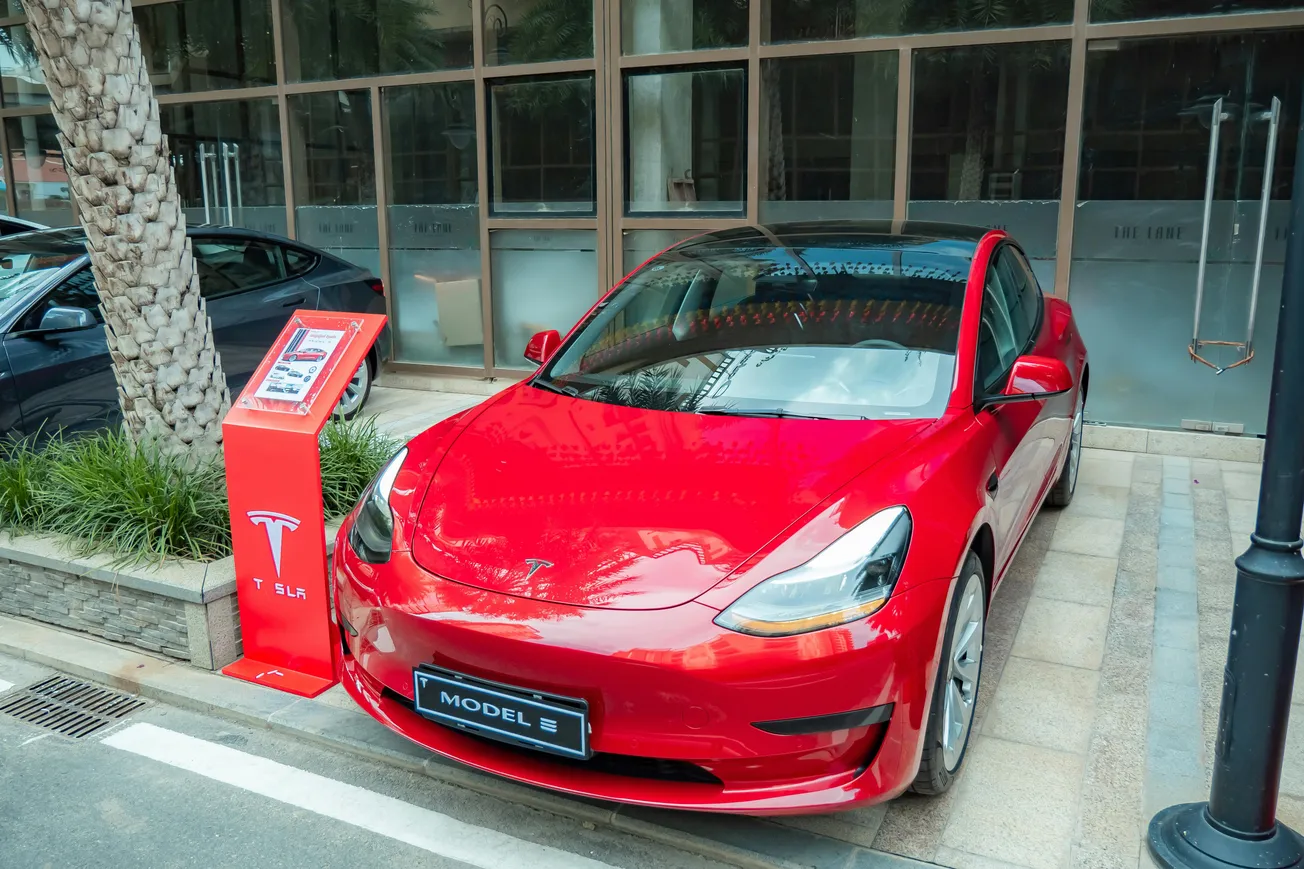In the late 1980s, the relationship between retailers and suppliers was largely transactional. Retailers focused on distribution and price, while suppliers like Procter & Gamble (P&G) managed product development, marketing and consumer insights.
That dynamic shifted dramatically when P&G and Walmart pioneered a new way of working together – a model that transformed modern retail.
The Challenge of Complexity
At the time, P&G operated as eight separate U.S. divisions, each managing its own relationship with Walmart. From Bentonville’s perspective, this looked like dealing with eight separate companies, creating inefficiencies in billing, logistics and communication.
Walmart’s founder Sam Walton, committed to “Everyday Low Prices” and operational discipline, saw this as an obstacle to growth.
The One Company Model
The breakthrough came when leaders on both sides proposed a radical solution: what if P&G and Walmart operated as if they were one company with shared goals? This meant:
- Breaking down silos between P&G divisions
- Sharing real-time data on sales and supply chains
- Embedding supplier teams directly in Bentonville
- Aligning incentives to benefit both parties
This model created unprecedented transparency and trust. Instead of managing transactions, both companies collaborated on solving systemic challenges, from reducing stockouts to streamlining promotions.
Overcoming Resistance
The shift wasn’t easy. P&G executives feared abandoning long-standing structures, while Walmart had to open its operations to deeper supplier access. Leaders had to confront what change pioneer Tom Muccio called the “five dragons” of transformation: corporate disconnect, bureaucratic inertia, internal resistance, skepticism and misaligned incentives.
The answer was to “test, learn, and scale.” Small pilot projects proved value before wider adoption, reducing risk and building momentum.
Lasting Impact
The results were transformative. Joint teams uncovered cost savings, improved efficiency, and faster responsiveness to consumers. For example, by rethinking in-store displays, they reduced labor costs while ensuring product visibility, with both companies sharing in the gains.
The One Company Model has since become a blueprint for supplier-retailer collaboration. Today, more than 2,000 supplier teams from across industries are co-located in Northwest Arkansas, reflecting the legacy of this pioneering partnership.
Lessons for Leaders
The Walmart-P&G collaboration offers enduring lessons:
- Humility and servant leadership enable trust.
- Testing innovations before scaling reduces resistance.
- True alignment comes from working across functions, not in silos.
By embracing transparency and shared purpose, Walmart and P&G didn’t just improve their own businesses – they redefined how modern retail works.









